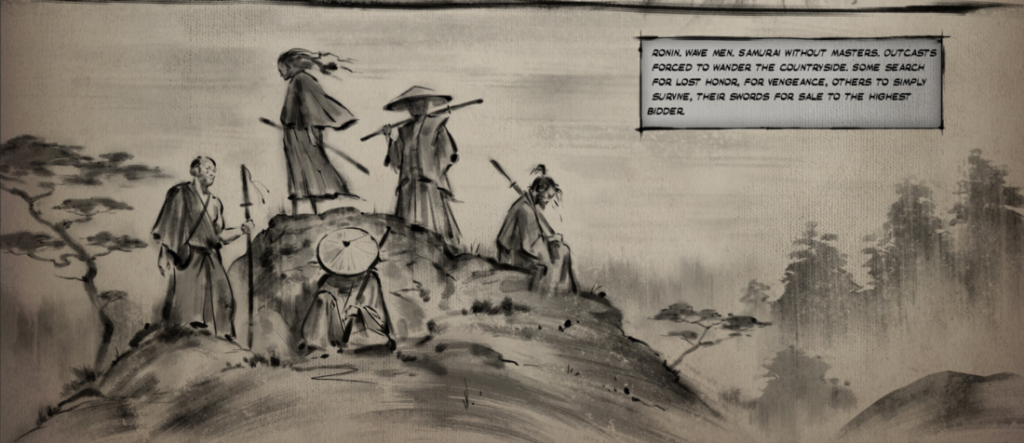
The birth of the Edo period marked a turning point for samurai. After over a century of near-constant warfare in the Warring States period, Japan was united under Tokugawa Ieyasu. His campaign culminated in his triumph at the Battle of Sekigahara in 1600, a moment that has been called the greatest battle in Japanese history. When Tokugawa destroyed his last remaining rivals, the Toyotomi clan, in 1615, his family’s control over the land was assured.
Japan settled into a period of enforced peace. No one other than samurai could legally wield a sword, and samurai themselves were pressed into bureaucratic jobs rather than continuing to serve as warriors. Many of the surviving daimyo lords found themselves with too many retainers for the peaceful new age. This surplus of warriors meant that samurai who lost their lords or positions had great difficulty finding new employment.
The role of samurai began to decline in the Edo period. Not only had they lost their main reason for existing — to defend daimyo in wartime — but there were now too many of them. Many samurai were forced to become wandering ronin, especially those who had served newly impoverished or disgraced daimyo. As merchants gained in power and prestige, even those samurai who retained their positions often found themselves poor and under pressure.
At the same time, the Edo period was giving rise to the stylish and hedonistic floating world. The performances and indulgences of the floating world served to distract from the sordid reality of samurai life in Edo period Japan. In Tale of Ronin, players will have the option to try and escape their harsh lives through the pursuit of fleeting pleasures… or try to address the problem at its source.